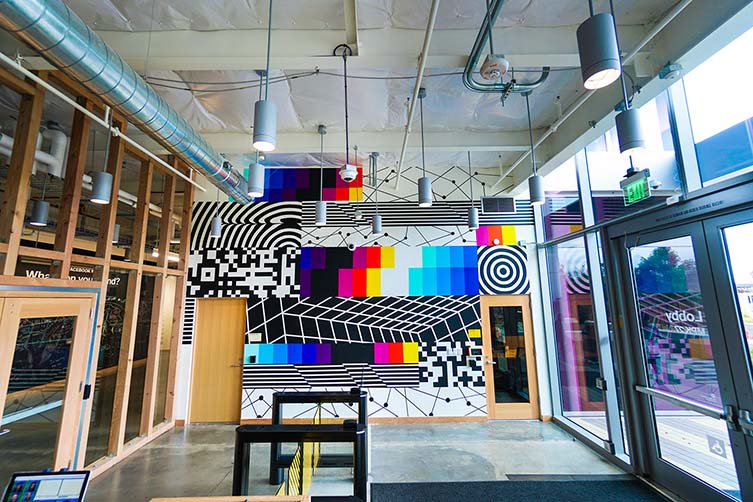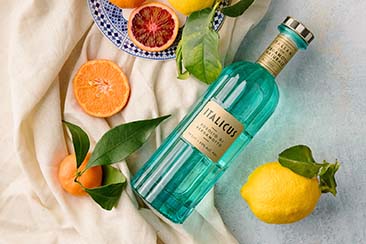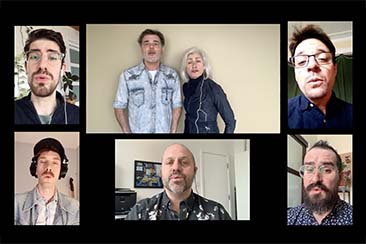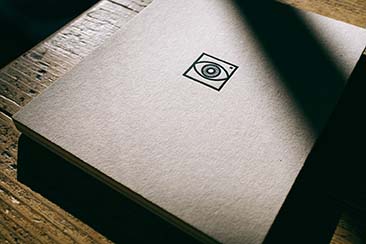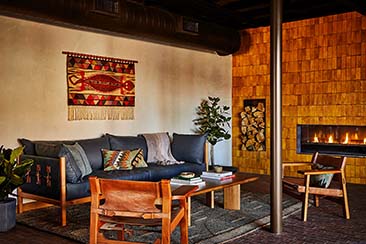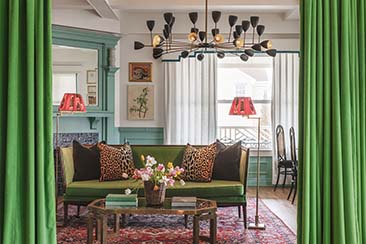Those who’ve done their biology homework inform us that we share some 60% of our genes with tomatoes. Humans are so much closer to the natural world, so much more an intrinsic part of it, than we care to imagine—rather positioning ourselves as lofty beings overseeing it from above. Examining it through a looking glass. Perhaps that’s why we’re making such a terrible job of coexisting with the environment that supports our very existence.
With only a fraction of our genetic makeup differing to that of chimpanzees, it begs the question: what makes us human? It’s often been posited that culture is what separates us from savages. In the age of the culture wars, it’s a definition that’s never seemed more true. From the cries of the ‘it’s not art, my kid could do that’ brigade to those moved by the most outré of art’s dark corners, studies have shown that humans are primed to appreciate art. We are biologically wired to display emotion toward visual works. Universally beautiful like the work of the Renaissance artists, or polarising like Chris Ofili’s infamous The Holy Mary Virgin, we are preconditioned to react.
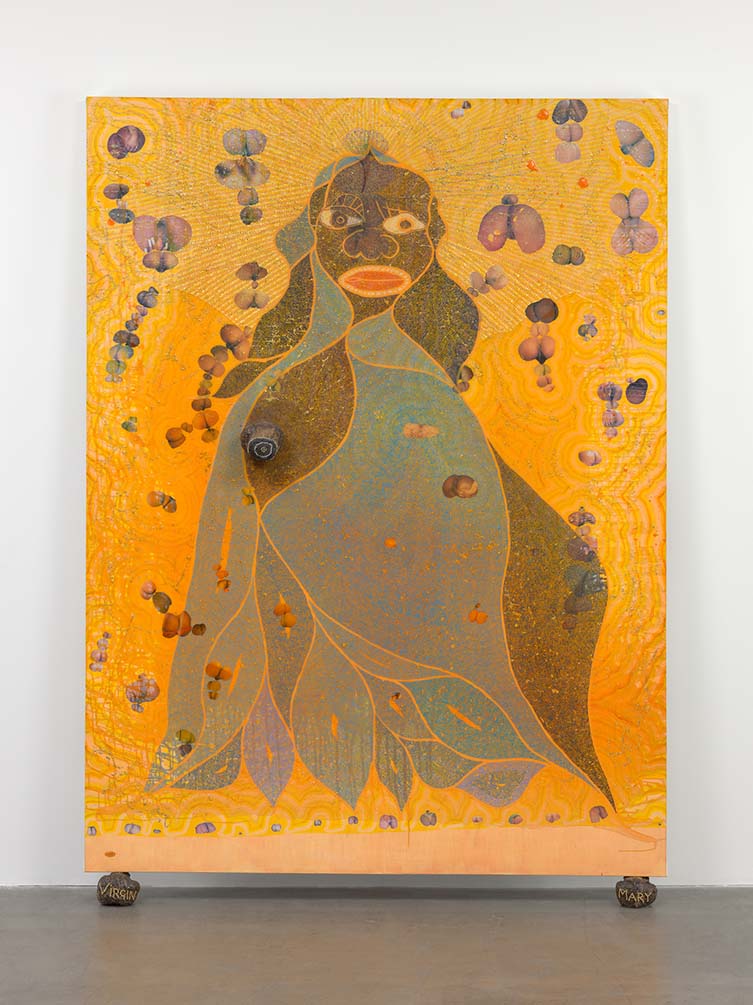
Chris Ofili, The Holy Virgin Mary, 1996
© The Museum of Modern Art
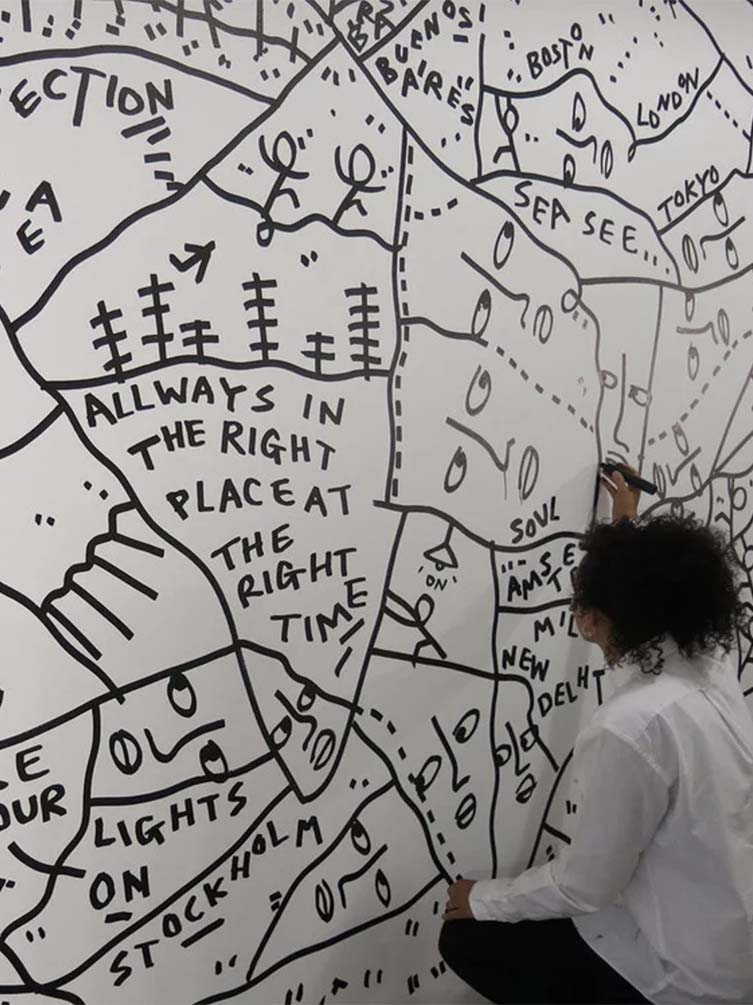
Shantell Martin, Walk Into Work mural at Facebook Menlo Park HQ
It’s that belief in culture separating us from savages, and an eight-year long, seven country-wide meta-study conducted by University of Toronto researchers offers scientific proof. Published in the journal Brain and Cognition, the study demonstrates that art appreciation may be a natural process of the human brain—other research has proven that art can change the way we see the world, even relieve mental fatigue and aid in recovery from illnesses like depression.
“Art allows us to see the world from diverse vantage points, which makes us more empathetic civic agents,” writes Brain Pickings founder Maria Popova. “Art stimulates us creatively, which makes us better, more productive, more entrepreneurial business agents. Art can speak so subtly that it forces us to think more deeply, feel more fully, engage more wholeheartedly. Art can speak so loudly that it upsets entire governments and sparks uncomfortable but necessary global conversations.”
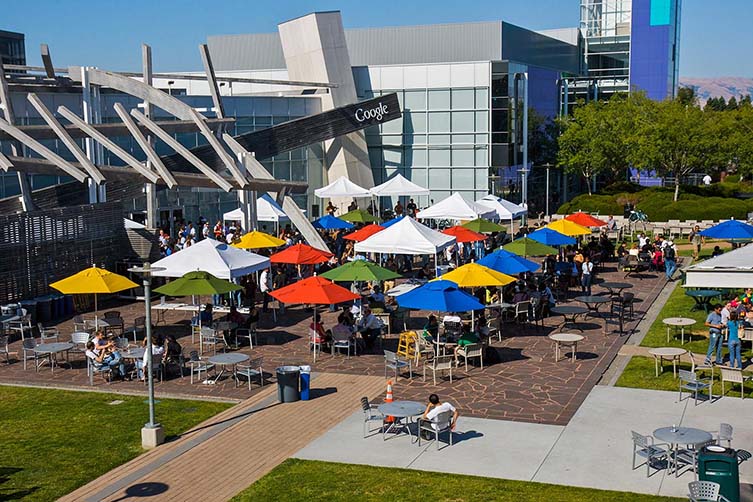
Google Main Campus in Mountain View, CA
Which is why business and the arts work so well together. From the time Siena’s Monte dei Paschi bank founded the first corporate art collection in 1472 to Silicon Valley’s infatuation with hiring street artists to bring life to their playschool-style HQs, businesses have collected art; been inspired by art; collaborated with artists; even become art projects in their own right. “Our mission with Google is to create amazing work environments and experiences that help Googlers perform at their best every day,” Google real estate project executive John Moran tells Artsy. “We look to find ways to enhance the campus and create experiences that make this an interesting place to work.”
Google to Evernote, Lyft to Medium, there isn’t a Silicon Valley HQ that doesn’t have an art collection that goes beyond the CEO-picked corporate collections of yesteryear. Not seen as a rainy-day investment, rather an investment in the wellbeing of their workforce, in the presence and attitude of their working environment, these companies are commissioning original artwork that relates to their individual personalities. Whether it’s emerging talent or big-name artists such as Shantell Martin, Felipe Pantone, or Barry McGee, Facebook’s Menlo Park headquarters could double as an art gallery straight out of any of the world’s most important creative capitals. (One street artist even lucked out to the tune of $200 million having accepted shares in the fledgling social network over a cash payment.) And it’s about more than just style.
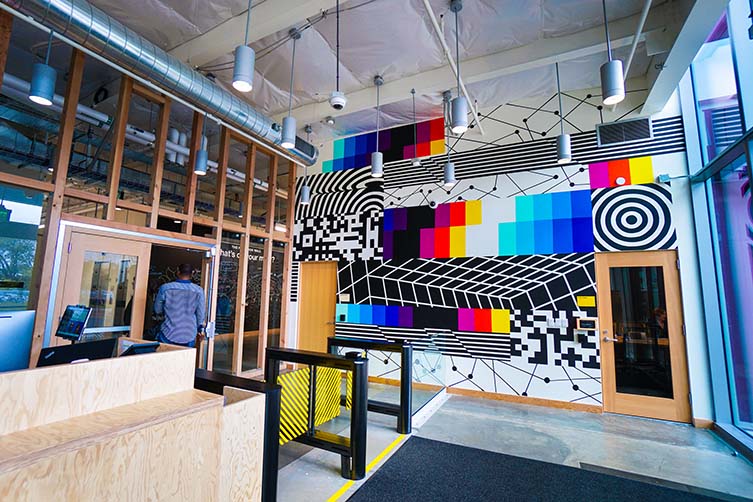
Felipe Pantone, Murals at Facebook HQ.
Menlo Park, CA. April 2017
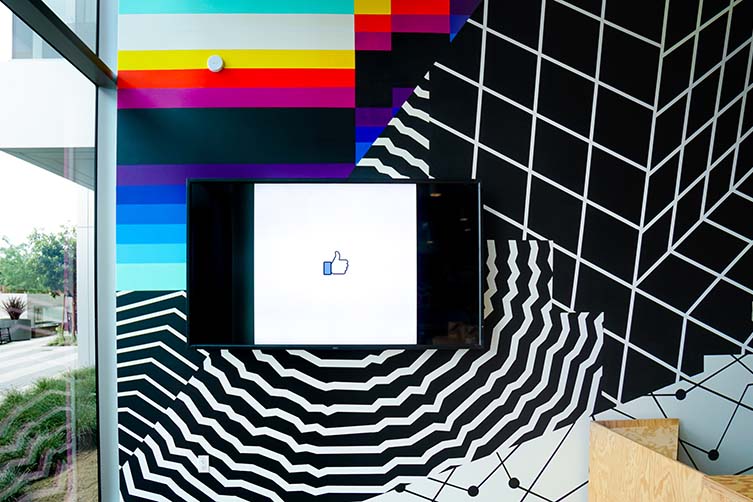
A survey of over 800 employees working for 32 companies throughout the U.S.—conducted in collaboration with the Business Committee for the Arts and the International Association for Professional Art Advisors—found that art in the workplace helped businesses address challenges such as reducing stress (78% agreed), increasing creativity (64% agreed) and encouraging expression of opinions (77% agreed). As our other study has shown, we are preconditioned to appreciate art; art in the workplace is about more than transforming dull corporate environments. It’s about transforming those who work for you.
Creating community-oriented programs like Art@Google (a project founded with ArtLifting, an online platform that helps artists living with homelessness or disability sell to a global audience), brands like Google are demonstrating a shift in the nature of corporate art. Beyond corporate collections, beyond breathing life into business environments, millennial-led businesses are beginning to show that art is an intrinsic part of who they are. And nowhere in business’s relationship with art better demonstrates this than in fashion.
“Making money is art and working is art and good business is the best art.” Andy Warhol.
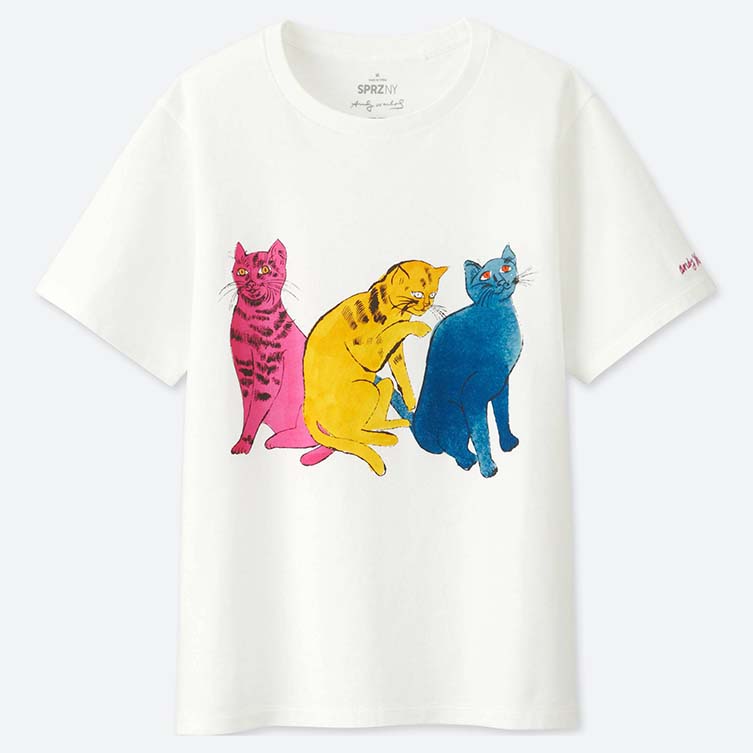
Andy Warhol Foundation x Uniqlo
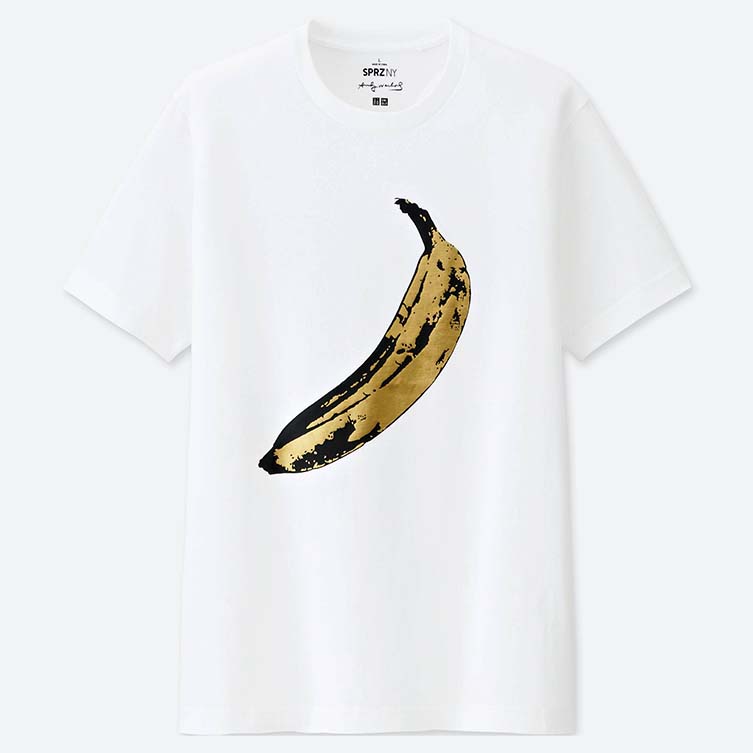
Be it wallpaper or baby strollers, the Andy Warhol Foundation stay true to the pop art great’s entrepreneurial spirit; his iconic works now part of the contemporary visual lexicon. It’s in the world of fashion, though, where the Warhol signature aesthetic has been reproduced most—from the Campbell’s-produced Souper Dresses in the 1960s to the catwalk with Diane von Furstenberg; Calvin Klein to Levi’s. His Velvet Underground banana and iconic soup cans can be found, among other works, plastered onto Uniqlo t-shirts, part of an ongoing slew of art/fashion collabs for the Japanese retailer that takes in the likes of Keith Haring, Jean-Michel Basquait, and KAWS. Streetwear to haute couture, fashion is one business that truly knows the value of art, and brands like Supreme and Off-White have even gone on to resemble art projects in their own right.
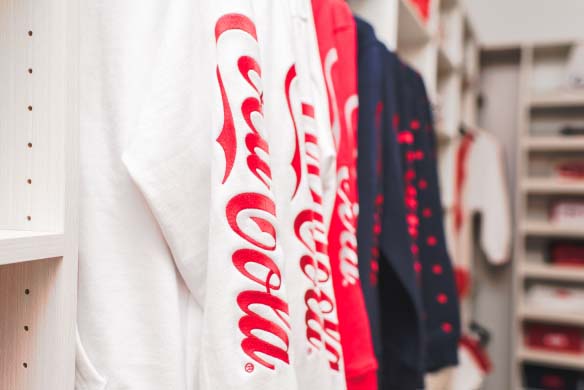
Kith x Coca-Cola © Kith/Tyler Mansour
For some businesses, that blurring of lines can help take them into a new stratosphere. Recognising the value of their own Warhol-like consumerist iconography, Coca-Cola have regularly positioned themselves as the art themselves; a recent collaboration with Kith demonstrating their singular appeal. Not everyone can match Coke’s level of fame, but introducing art into the business mix can elevate the stock of any brand. “Increasingly, companies are noted by rating agencies or investment analysts on elements beyond P&L: social responsibility, ethics, sustainability,” says Vadim Grigorian, a marketer specialising in corporate art projects, perhaps best known for his work with Absolut Vodka. “This puts pressure on even the most cynical managers. But for visionary business leaders, deep corporate cultural engagement is an opportunity to stand out in the eyes of investors and other stakeholders.”
And businesses are waking up to art’s importance across the board. Total spending on arts sponsorship in North America was $993 million in 2017; expected to break the $1 billion mark for the first time this year. But, aside from community art projects or headline-grabbing collaborations—think Ballantine’s using the art of Dave Ma to sell their whisky, or Kimpton Hotels bringing Colette Miller’s Instagram-famous Angel Wings street art project into a hotel room—it’s worth noting the importance that art plays in all aspects of business, from aesthetics to sensibilities. And it’s not just art, per se, rather visual culture at large. Take architecture, for example.
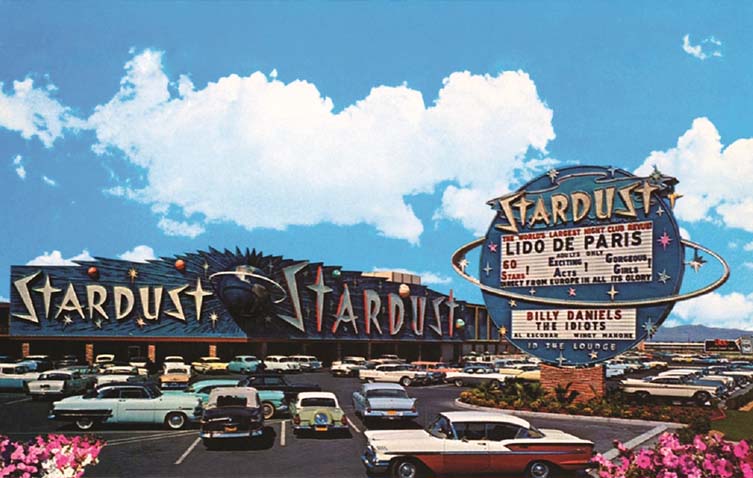
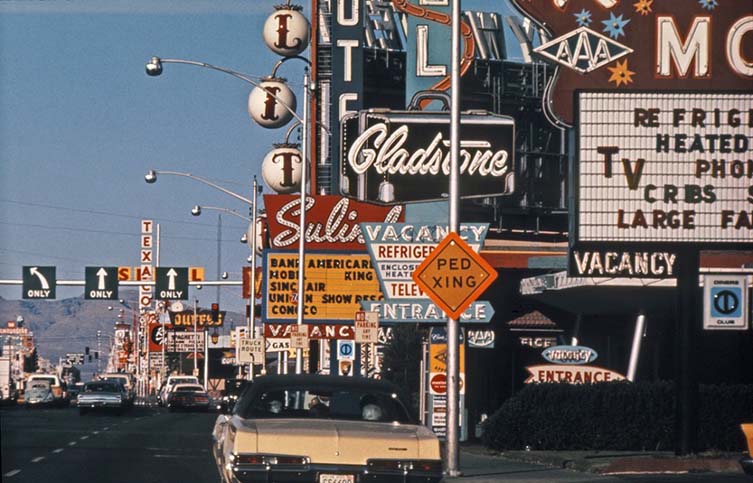
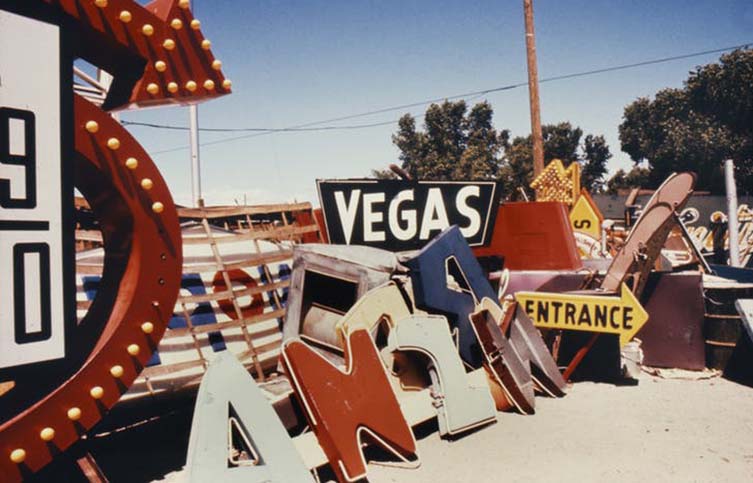
Published in 1972, Robert Venturi and Denise Scott Brown’s Learning from Las Vegas—a rebuttal to the march of modernism—is a vital text assigned to every major architecture school, and set the path for the Postmodern style that has enjoyed a bold renaissance of late. In it, the cool kids of architecture celebrated the neon brashness and space-age wonder of the ever-evolving Las Vegas Strip, its unabashed mainlining of visual overload a fun-filled retort to the clean lines of modern architecture. To this day, brands looking to convey the magic of Vegas look to this brazen aesthetic.
From Park MGM—which has recalled the grandeur of Sinatra’s Vegas throughout its lavish hotel, restaurants, and the all-important casino—to the virtual world of 777.com’s online slots: decades of Sin City’s visual language condensed into an instantly recognisable sense of diversion. Going beyond merely seeking inspiration, in MINI LIVING, the world-famous car brand has created an entirely new niche for itself, using architecture and urban planning as a platform from which to exert their influence on a completely different business sector.
Architecture, like art, is a component of the culture that makes us human. You might not be conscious to its influence in business, but it is always there, irreversibly assimilated.
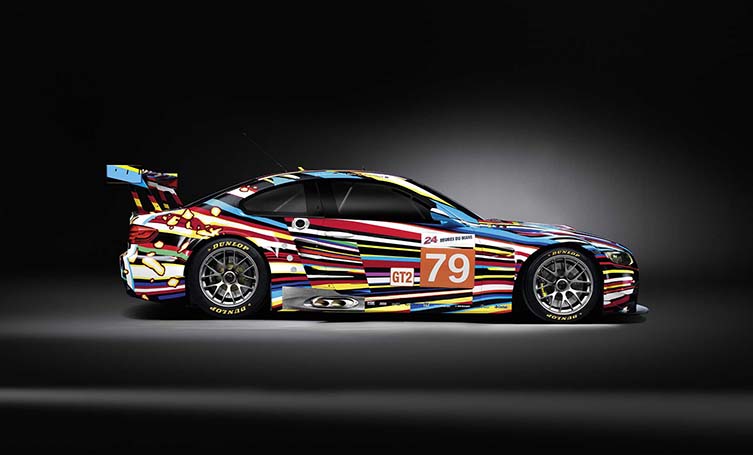
Jeff Koons 17. BMW Art Car, 2010 (BMW M3 GT2)
To that extent, anything and everything associated with arts and culture is rapidly being assimilated by business. Food experimentalists Bompas & Parr have worked with brands from Vodafone to Heinz; BMW’s Art Car project has been running since 1975, when French racecar driver and auctioneer Hervé Poulain commissioned American artist and friend Alexander Calder to paint the first BMW Art Car; last year, Airbnb filled Leonardo da Vinci’s former Milan mansion with personal curios from leading designers. Everywhere, art and business collide.
Like Maria Popova said: “Art can speak so subtly that it forces us to think more deeply, feel more fully, engage more wholeheartedly.” Which is really the essence of art and culture’s importance to business. Brands need us to engage—to feel and to think. By incorporating the culture our brains are hardwired to appreciate, they can intensify that engagement.
‘Good business is the best art.’ It’s simple.
